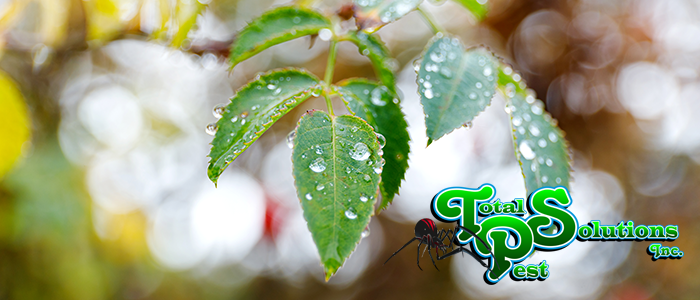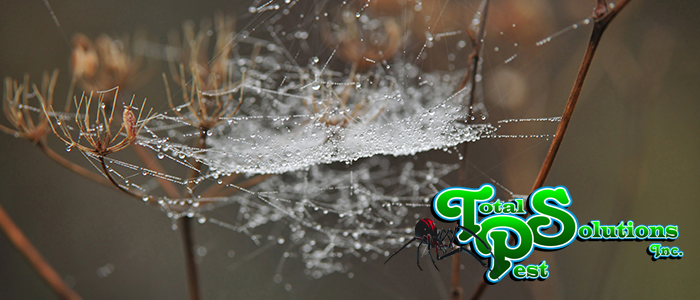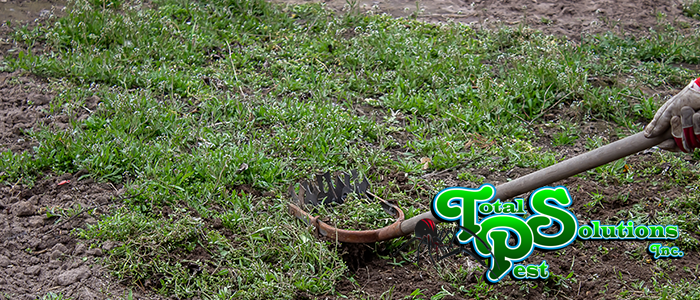
Winter Haven Shrub Diseases: Spotting & Treating Fungal Infections
Winter Haven, Florida’s warm, humid climate, while ideal for many plants, also creates a breeding ground for fungal infections that can devastate shrubs. Early detection and prompt treatment are crucial to saving your valuable landscape. This article provides insights into identifying common shrub diseases in Winter Haven and outlines effective treatment strategies to protect your shrubs from fungal threats. We will walk you through how to recognize early symptoms and detail the best ways to combat these plant diseases.
Identifying Common Fungal Shrub Diseases
Identifying fungal shrub diseases early is key to effective treatment. Look for symptoms such as leaf spots, powdery mildew, rust, and stem cankers. Leaf spots appear as discolored patches on the leaves, often circular or irregular in shape. Powdery mildew presents as a white or grayish powder on the surface of leaves and stems. Rust manifests as orange or reddish-brown pustules, typically on the undersides of leaves. Cankers are sunken, discolored lesions on stems or branches, often causing dieback. The Love Your Landscape website offers some resources for identifying shrub diseases.
Specific shrubs are more susceptible to certain diseases. For example, roses are prone to black spot, while azaleas are vulnerable to petal blight. Understanding the common diseases that affect your specific shrubs can help you focus your monitoring efforts. Regular inspection of your shrubs, paying close attention to leaves, stems, and overall plant health, is essential for early detection. Knowing what to look for can dramatically improve your ability to save your plants.
Understanding Favorable Conditions for Fungal Growth
Fungal diseases thrive in warm, humid environments with poor air circulation. Understanding these conditions can help you take preventative measures. Overcrowding of plants can restrict airflow, creating a favorable environment for fungal spores to germinate and spread. Excessive watering or poor drainage can also contribute to fungal growth by maintaining consistently moist conditions. Be mindful of irrigation practices to to prevent conditions where fungal spores can colonize.
Shaded areas with limited sunlight can also increase the risk of fungal diseases. Fungi often prefer damp, dark environments. Pruning shrubs to improve air circulation and allowing sunlight to penetrate the plant canopy can help reduce humidity and inhibit fungal growth. By managing the environmental conditions around your shrubs, you can minimize the risk of fungal infections.
Effective Treatment Strategies for Shrub Diseases
Once you’ve identified a fungal disease, prompt treatment is necessary to prevent its spread. Fungicides are a common treatment option, but it’s important to choose the right product for the specific disease. Systemic fungicides are absorbed by the plant and provide ongoing protection, while contact fungicides work on the surface to kill fungal spores. Always follow the manufacturer’s instructions carefully when applying fungicides.
Pruning infected branches or removing affected leaves can help reduce the disease inoculum. Dispose of the infected plant material properly to prevent the spread of fungal spores to other plants. Improve air circulation around shrubs by thinning out dense growth. Ensure shrubs have adequate drainage to avoid waterlogged soil, which promotes fungal growth. A good resource for identifying and treating plant diseases can be found at your local agricultural extension office.
Preventative Measures to Protect Your Shrubs in Lakeland
Prevention is the best defense against shrub diseases. Choose disease-resistant varieties of shrubs when planting. Provide adequate spacing between plants to ensure good air circulation. Water shrubs at the base of the plant to avoid wetting the foliage, which can create a favorable environment for fungal growth. Monitor plant health regularly and address any signs of stress promptly.
Apply a preventative fungicide treatment in the spring, before fungal diseases become prevalent. Proper fertilization can also improve plant health and increase resistance to disease. Avoid over-fertilizing, as excessive nitrogen can make plants more susceptible to fungal infections. A little fertilizer goes a long way to a health plant. Check the University of Florida IFAS Extension for more information about shrub care.
The Role of Proper Pruning in Disease Prevention
Proper pruning is a critical aspect of disease prevention. Pruning removes dead, diseased, or damaged branches, improving air circulation and reducing the risk of fungal infections. Sanitize pruning tools between cuts to prevent the spread of diseases. Use sharp, clean tools to make clean cuts that heal quickly. Prune shrubs during dry weather to minimize the risk of fungal spores entering the plant through pruning wounds.
Remove any branches that are crossing or rubbing against each other, as these can create wounds that are susceptible to infection. Thin out dense growth to allow sunlight to penetrate the plant canopy. Proper pruning not only helps prevent diseases but also promotes healthy growth and improves the overall appearance of your shrubs. If you are unsure how to prune, there are plenty of online resources or pruning classes available.
Conclusion: Maintaining Healthy Shrubs in Winter Haven
Protecting your shrubs from fungal shrub diseases in Winter Haven requires vigilance and proactive measures. By identifying common diseases, understanding favorable conditions for fungal growth, implementing effective treatment strategies, and taking preventative measures, you can maintain healthy, thriving shrubs. Remember to prioritize proper pruning practices and monitor plant health regularly. Taking these steps will help ensure a beautiful and disease-free landscape for years to come. Contact Total Pest Solutions for expert lawn and shrub care services!
A healthy shrub is a happy shrub, and with these strategies, you can protect your landscape from the devastation of fungal infections and damage in Polk County.
continue reading
Related Posts
Davenport’s Spider Invasion: Managing Winter Web Builders As the temperature
Holiday Pest-Free Homes in Winter Haven: Avoiding Cargo Pests As
Auburndale’s Mole Cricket Damage: Repairing Turf Before Frost As the






